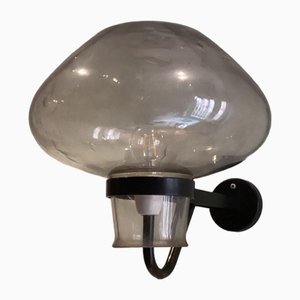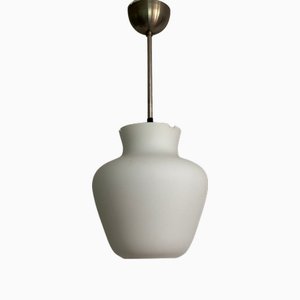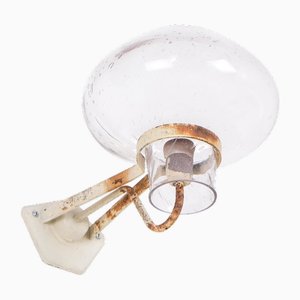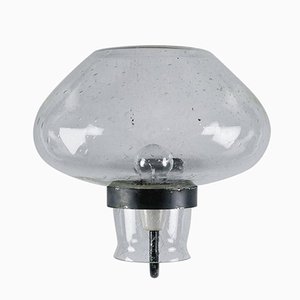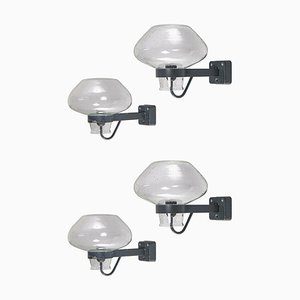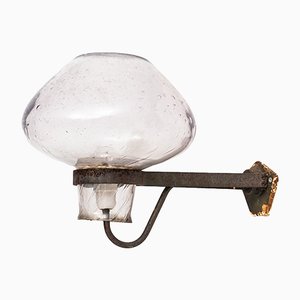
Born in Stockholm in 1885, architect-designer Erik "Gunnar" Asplund is celebrated as the godfather of functionalist design in Sweden.
After studying painting at Stockholm’s Royal University College of Fine Arts (1905-09), Asplund’s avid interest in architecture led him to attend the Stockholm Free Architecture School and to open his own practice. His early architectural works represented a pared-down neoclassical style, which was inspired by several class trips to Greece and Italy (1912-14). Exemplary of the romantic, Swedish Grace movement, his Scandia Cinema (1922-1923) and Stockholm City Library (1924-1928) emphasize geometric simplicity and clarity of form. Asplund’s Senna Chair (1915) was specifically designed for the library.
It wasn’t until the last decade of his life that Asplund became a major proponent for the functionalist style, when he was appointed Chief Architect of the watershed 1930 Stockholm Exhibition, organized by the Swedish Society for Arts & Crafts and credited with introducing modernism to Swedish society. Asplund’s contributions to the fair, including his Paradise Café and Entry Pavilion, presented a machine aesthetic couched in socially democratic ideals and optimism about the future.
Other designs in Asplund’s repertoire include the Villa Sturegarden in Nykoping (1913), the Gothenburg Courthouse Extension (1913-37)—which aptly shows his transformation from neoclassical to functionalist architecture—and the Skogskyrkogården Woodland Cemetery in Stockholm (1915-1940, with architect Sigurd Lewerentz). The latter was declared a UNESCO World Cultural Heritage site in 1944. His best known furniture designs include the tubular steel Karmstol Side Chair for Nordiska Kompaniet (1931); GA-2 Armchair for Nordiska Kompaniet (1931)—later for Källemo—and the Gotebor Chair designed 1934-37 and produced by Cassina from 1983.
Following the success of the Stockholm Exhibition, Asplund became a professor of architecture at his alma mater. He passed away in 1940. Asplund’s life and work served as inspiration to a number of Scandinavian design luminaries, such as lifelong friend and mentee Alvar Aalto, as well as Erik Bryggman and Arne Jacobsen.

